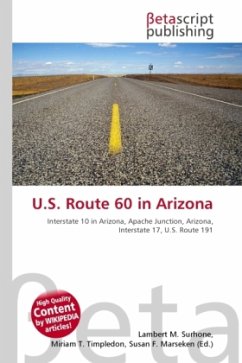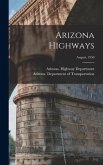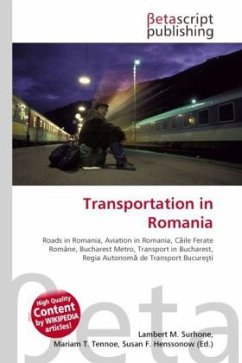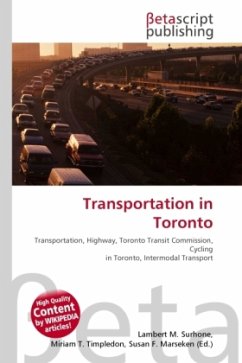High Quality Content by WIKIPEDIA articles! Main interstate routes include I-17, and I-19 running north-south, I-40, I-8, and I-10 running east-west, and a short stretch of I-15 running northeast/southwest through the extreme northwestern corner of the state.Phoenix is served by a combination of interstates, U.S. Highways, and state routes, many of which were funded by a cent general sales tax measure approved by Maricopa County voters in 1985. New freeways are constantly being added to the area, such as Loop 101, Loop 202, and eventually SR 801 and SR 802. Currently, two major interstates serve the area, Interstate 10 and Interstate 17. In the past decade, more than 100 miles of new freeway have been constructed in the metro-Phoenix region by ADOT. The Phoenix and Tucson metropolitan areas are served by public bus transit systems. Yuma and Flagstaff also have public bus systems. Greyhound Lines serves Phoenix, Tucson, Flagstaff, Yuma, and several smaller communities statewide. Amtrak operates the Southwest Chief, Sunset Limited, and Texas Eagle through Arizona. A light rail system called METRO opened in December 2008, connecting Phoenix with the nearby cities of Tempe and Mesa, with plans for expansion in the future.








